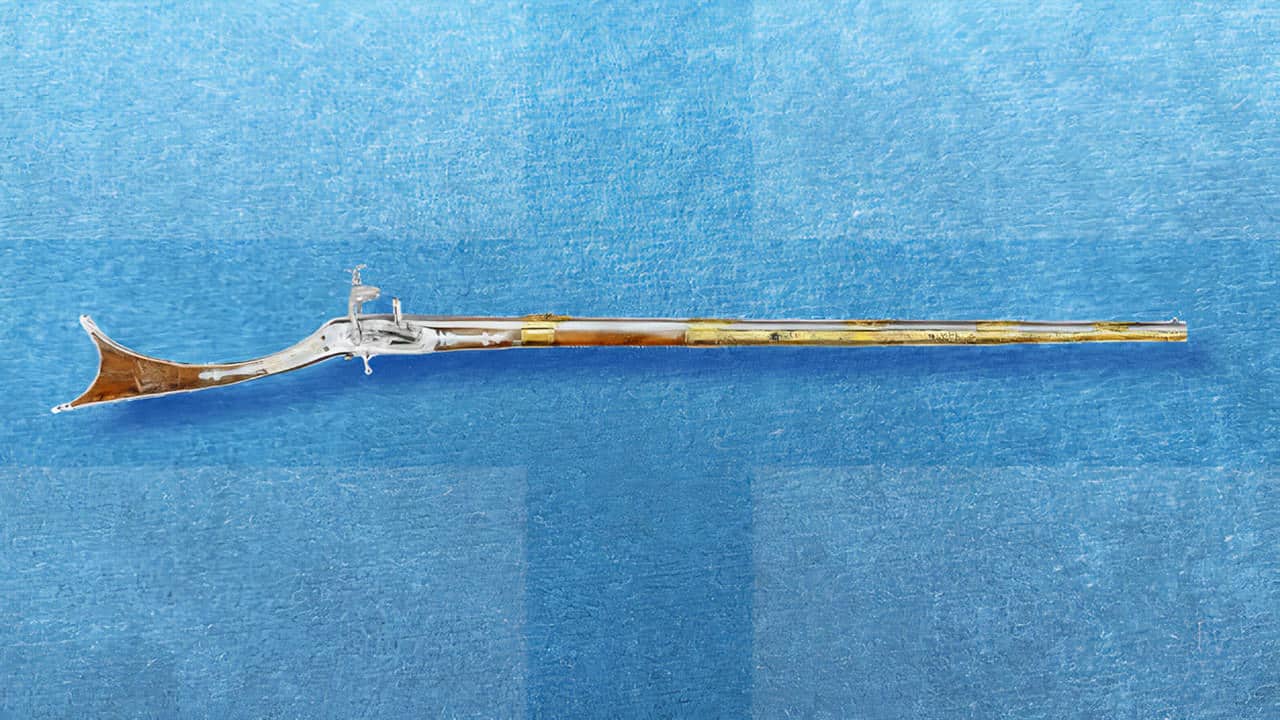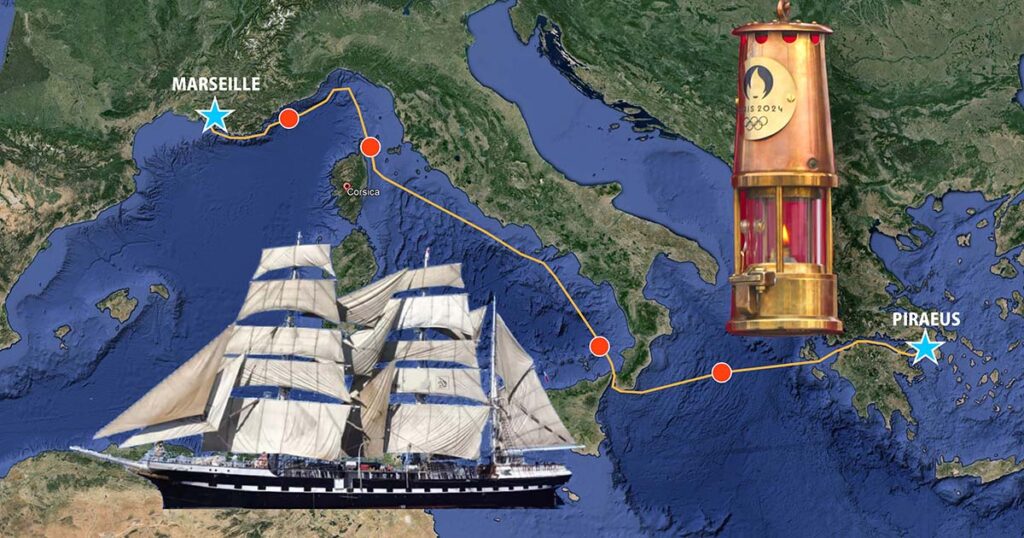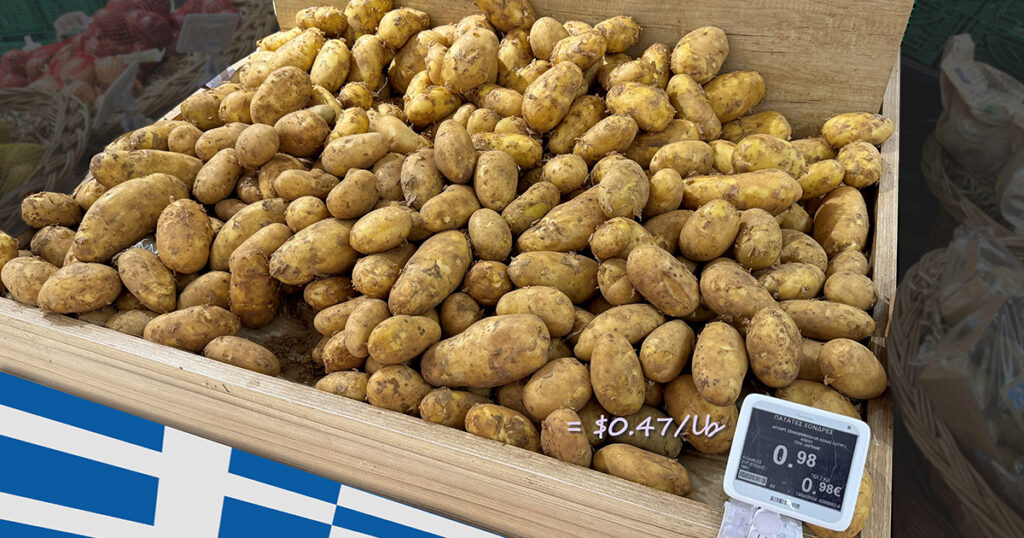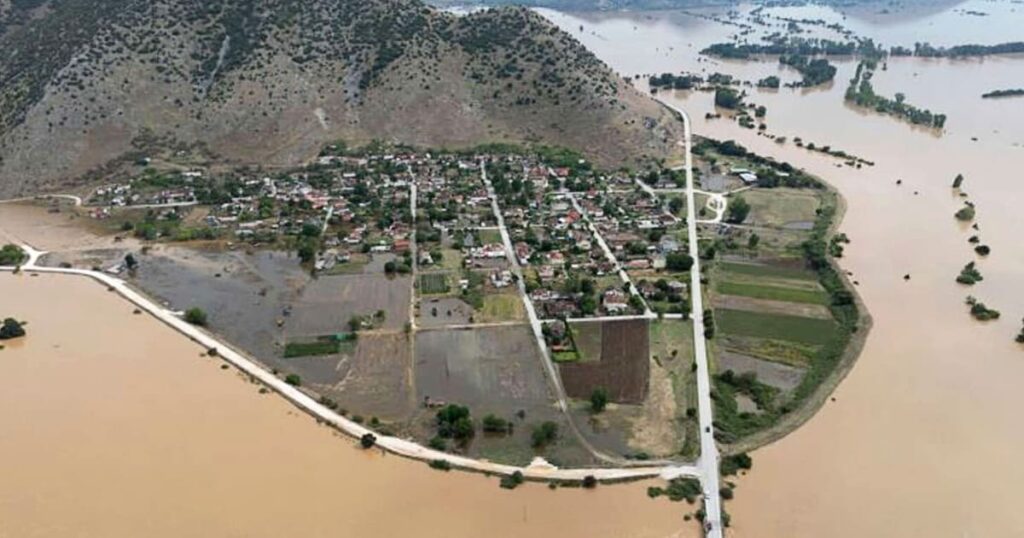The Greek revolution against Turkish rule did not start in 1821. It started long before then, and many of the heroes that we know well were born, grew up, and were nurtured in the difficult, aggressive times of the 18th Century. This is a story about an incredible freedom fighter and his turbulent and triumphant life in the days of the Revolution. His name was Mitros Petrovas (Μήτρος Πέτροβας) and he hailed from Messinia, in the Peloponnese.
Written history is a mixture of dates, names, facts included or omitted, diminished or embellished, precise or distorted, disputed and undisputed, but also of “legends” that are told over and over again, but cannot be verified. Reader, please regard this story as part of the “legendary” life of a truly remarkable Greek freedom fighter.
“Mitropetrovas” (as he was usually called) was born in 1745 – he was already 76 years old when the revolutionary banner was raised at Agia Lavra. Growing up in Garantza, (Γαράντζα) Messinia, this small of stature, feisty boy – the youngest of five sons – and his family had to move several times because they seemed to get into frequent trouble with their Turk overlords. The Levant, in those days, was like the American Wild West, where people went about well-armed and acted as they saw fit until they caused enough trouble for the authorities to “send the law after them.” The Turks did not worry much about local squabbles or even killings, unless they involved their Tahsildarlari (tax collectors) who, in theory at least, were supposed to collect only the standard Ottoman flat 10% tax (something so desirable, even in modern times) plus the onerous “head tax” (Χαράτσι) paid by Christian men. (The Ottomans did not tax women.)
So, the tough little young man was born to a family that some would call “outlaws” in the Wild West. As a young man, his father had disobliged (beat up) a tax collector, and this was too much for the Turks. They sent a “posse” after him and cornered him at a neighbor’s farmhouse. So the posse hung him by the ankles from a tree, to die. The neighbor’s wife managed to get the posse drunk, and as they slept, friends released and saved the boy and took him away. When the Turks awoke, they were told that the boy had died and “the dogs had eaten him” so – also pocketing a little “baksheesh” (a bribe) – they went away, satisfied that their duty was done.
Conflict seemed to be a family trait. Like a father-like son, young Mitros was also a wild one. It was a time when bands of rogues (κλέφτες) plagued the land, opposed by hired gendarmes (αρματολούς) and petty disputes even among conflicting Turks were occasionally settled by killings – and Mitros would obligingly hire out to do the “job,” of which there are at least three victims by name. He seemed to have the “killer instinct” – he allegedly shot his own godfather over an argument about sheep grazing rights.
He had close connections with the fighting Kolokotronis family, and, in keeping with his aggressive nature, Mitropetrovas was involved along with them in various scrapes against the Turks. It was the time of the failed Greek insurrection of 1770, instigated by Russian agents – the brothers Orloff. When his friend Konstantinos Kolokotronis was killed fighting the Turks & their Albanian mercenaries in 1775, Mitropetrovas took over the upbringing of his 15-year-old son, Theodoros Kolokotronis (yes, the one!) It was he that raised the kid that would later be the principal hero of the Revolution, and it was Mitropetrovas that taught him his first lessons about fighting! Theodoros always called him “uncle” (μπάρμπα) and had him by his side, as an adviser and fighter, throughout his life.
One would think that by 1821 at 76 years of age, Mitropetrovas would seek the easy life of a venerable old man, but this pint-size man with a huge fighting heart would get in the thick of the fighting. As a chieftain (οπλαρχηγός) of his own contingent, the very long list of his clashes with the Turks is remarkable; he was there in just about all the skirmishes and the desperate battles that Kolokotronis fought. Ηistory is full of them: Kalamata, Karystana, Alfios, Valtetsi, Tripolitsa, Saravali, Mylous – the latter leading to the decisive battle of Dervenakia in 1822, where he was notable for being, as usual, on the front rank, firing his “Kariofili” (a musket.) His preference, it is said, were the attacking Turk horsemen – he being an accomplished sharpshooter, even at his age – while others reloaded for him.
After the battle of Dervenakia, he was given the title of “Chieftain of 1000 men” (Χιλίαρχος) in recognition of his services. But all was not smooth within the Revolution; in the resulting infighting, the provisional Greek government threw him in jail in 1823, along with other fighting heroes including Kolokotronis. Meanwhile, the fighting continued. He was eventually released, along with Kolokotronis, two years later, when they were desperately needed, to confront the large Egyptian army under Ibrahim that had landed in the Peloponnese. So, he went back to the struggle for freedom, fighting – again leading his young fighters (παλικάρια) from the front rank – during the resulting guerrilla warfare that was the best that the diminished Greek fighters could muster, against Ibrahim’s hordes.
Mitropetrovas stayed close and loyal to his protege, Kolokotronis, to the very end. After the expulsion of Ibrahim and the creation of the Greek State, new internal disputes came again to plague the fledgling nation. When Kolokotronis was arrested in 1834 (the second time Greece had jailed him – and this time condemned him to death) Mitropetrovas once again took up arms, along with many other outraged freedom fighters, against the Bavarian-run Kingdom of Greece. This insurrection – this time against the Bavarians – was crushed, and he was arrested and tried, along with others, who were executed. He was also condemned to death but given only a 15-year sentence because of his age and previous services to the country. (This at age 89!) He was “pardoned” by king Otto a couple of years later, and this little tough fighting man finally returned to his home, full of years and memories, to eventually join his many fallen comrades in 1838. His portrait, in deep old age, graces the Greek Historical Museum’s gallery – one of the many legendary heroes of Greece. Perhaps Mitropetrovas was not suited for a gentler life; nevertheless, this lifelong “gunfighter” was the kind of person you would want by your side when the fate of your country required a fight to the death.

Mitropetrovas’ favorite weapon was the Karιofili, (Καριοφίλι) a name that has a close association with the revolution of 1821. This was a generic name for the long-barreled, smooth-bore flintlock muskets of the time, and the origin of its name is disputed. The best legend is that it came from the weapons supplied by a Venetian firm, Carlo e Figli (Carlo and Sons) that allegedly was the source of many such weapons to the Greek freedom fighters. The history has faded, but the name has stuck.








